This colloquium asks us to consider how social change is influencing the legal profession and the legal profession’s response. This Essay applies these questions to organizing around criminal injustice and the response from public defenders. This Essay surfaces the work of four innovative indigent defense organizations that are engaged with and duty-bound to the communities they represent. I call this “community responsive public defense,” which is a distinct model of indigent defense whereby public defenders look to their clients and their clients’ communities to help shape advocacy, strategy, and representation.
Methodologically, this Essay relies primarily on qualitative interviews with leaders of four indigent defense organizations engaged in community responsive advocacy. These leaders represent different types of indigent defense organizations: Still She Rises Tulsa (SSRT), a privately funded nonprofit that offers indigent defense and related services to women who are mothers in North Tulsa; the Nashville Metropolitan Public Defender’s Office (Nashville Defenders), a publicly funded government agency that provides defense services to indigent people in Davidson County, Tennessee; the Black Public Defender Association (BPDA), a membership‑based organization that seeks to improve the quality of indigent defense through maintaining a network of community-engaged Black public defenders; and the Neighborhood Defender Service of Detroit (NDS Detroit), a publicly funded nonprofit that secured a contract to deliver defense services to indigent people in Wayne County, Michigan.
This Essay proceeds in three parts. Part I defines community responsive public defense. Embracing the theme of this colloquium, it situates community responsive defense within the context of increased public awareness of criminal injustice and collective action against mass incarceration. Part II surfaces the work of four public defender organizations that are engaged with and responsive to their communities. Individually and collectively, these organizations strive to combat the structural forces that result in mass criminalization. Part III explores the potential benefits of community responsive defense and identifies some of the practical limitations of community responsive models and of this Essay’s methodology. This Essay concludes with a call for indigent defense providers to embrace community responsive efforts.

